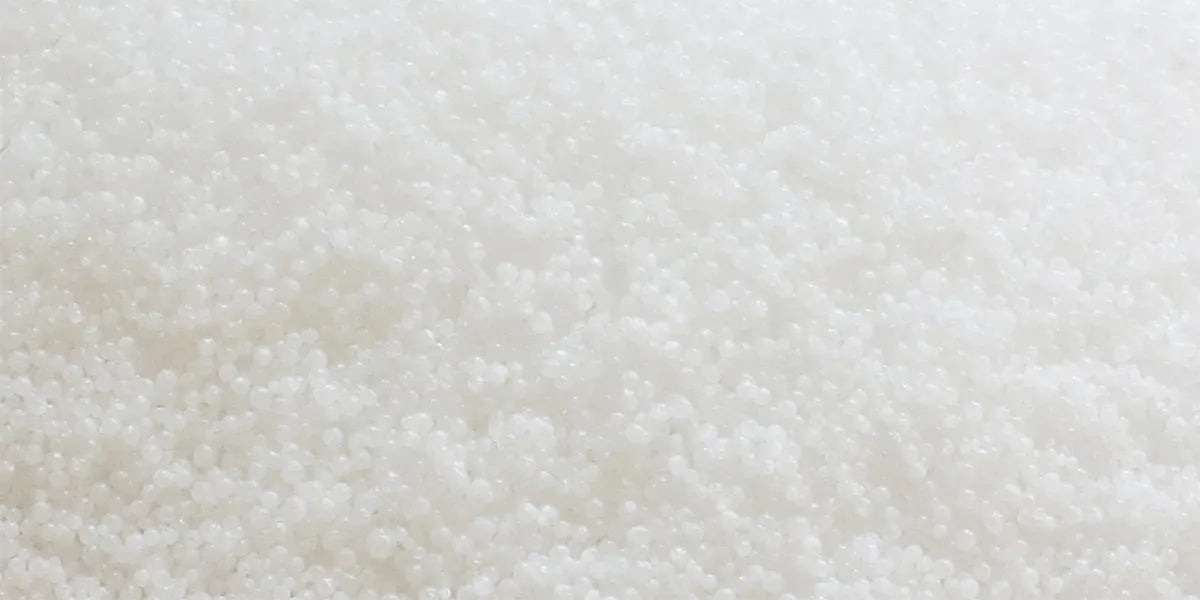Article: Gluconolactone

Gluconolactone
What is gluconolactone?
Like lactobionic acid, gluconolactone is a polyhydroxy acid (PHA) derived from gluconic acid. Gluconolactone belongs to the group of particularly gentle chemical exfoliating acids and has a larger molecular structure than alpha hydroxy acids (AHAs) or fruit acids such as glycolic acid, mandelic acid, or lactic acid. This allows it to penetrate the skin more slowly, making it particularly suitable as a gentle exfoliant for skin rejuvenation on sensitive facial skin.
Gentle exfoliating effect
Gluconolactone works similarly to chemical AHA fruit acid peels, gently exfoliating dead skin cells and promoting cell renewal. Because it works more slowly, it causes less irritation and is ideal for people with sensitive or redness-prone skin.
Benefits for the skin
- Moisturizing: Binds water in the skin and has a hydrating effect.
- Antioxidant effect: Protects against free radicals and strengthens the skin barrier.
- Gentle peeling: Promotes an even skin texture without causing severe irritation.
- Suitable for sensitive skin: Less aggressive than AHAs and BHAs.
Application and tolerability
Gluconolactone can be used daily because it makes skin less sensitive to UV rays than other acids. However, sunscreen is still recommended. Gluconolactone in serums, toners, and creams is suitable for all skin types, especially dry or sensitive skin.
Gluconolactone as a PHA is a particularly mild alternative to AHA fruit acids and salicylic acid as a BHA. It gently exfoliates, promotes gentle skin renewal, moisturizes, and strengthens the skin's protective barrier—ideal for gentle yet effective skin care.
Gluconolactone can be found in our fruit acid AHA peeling




